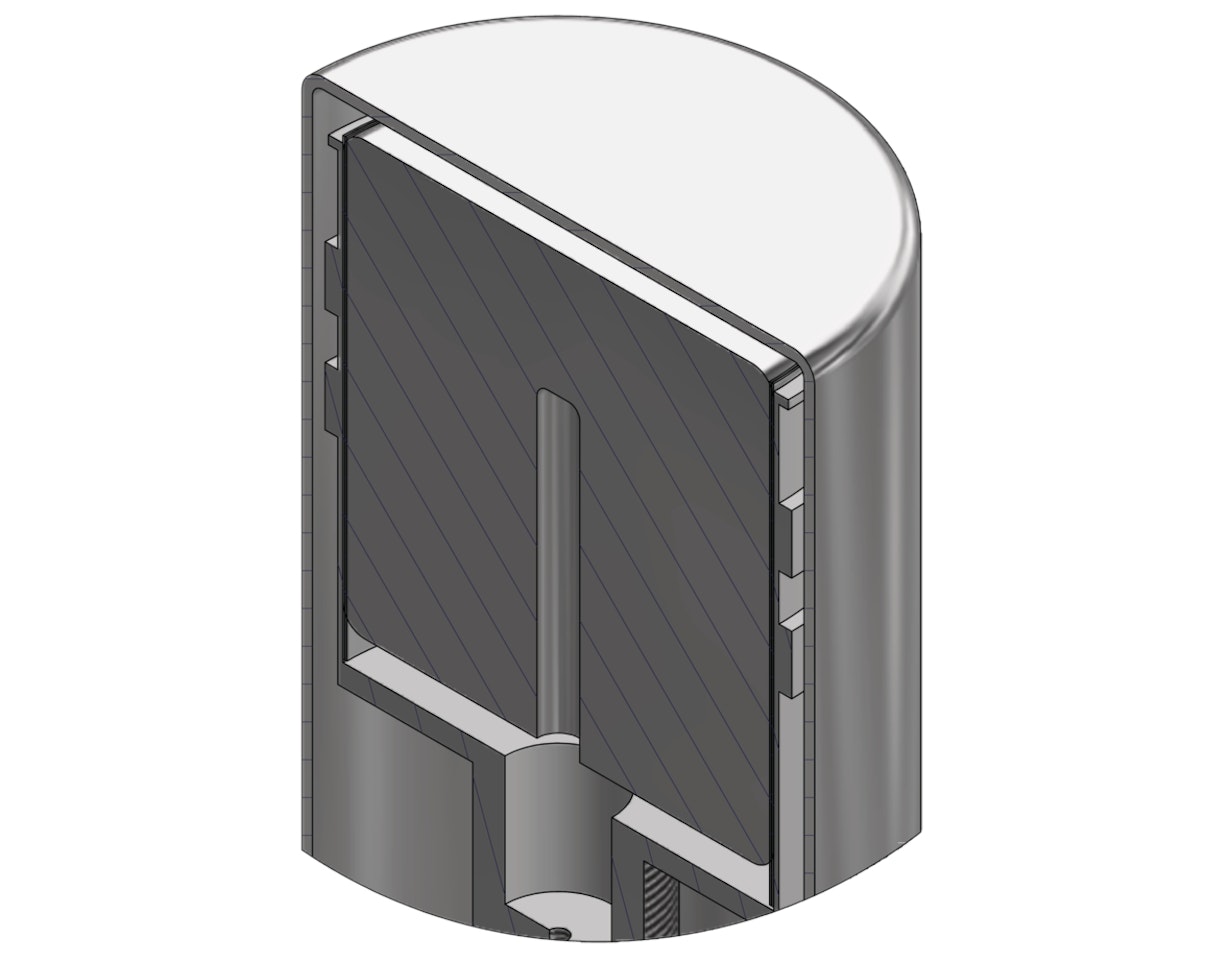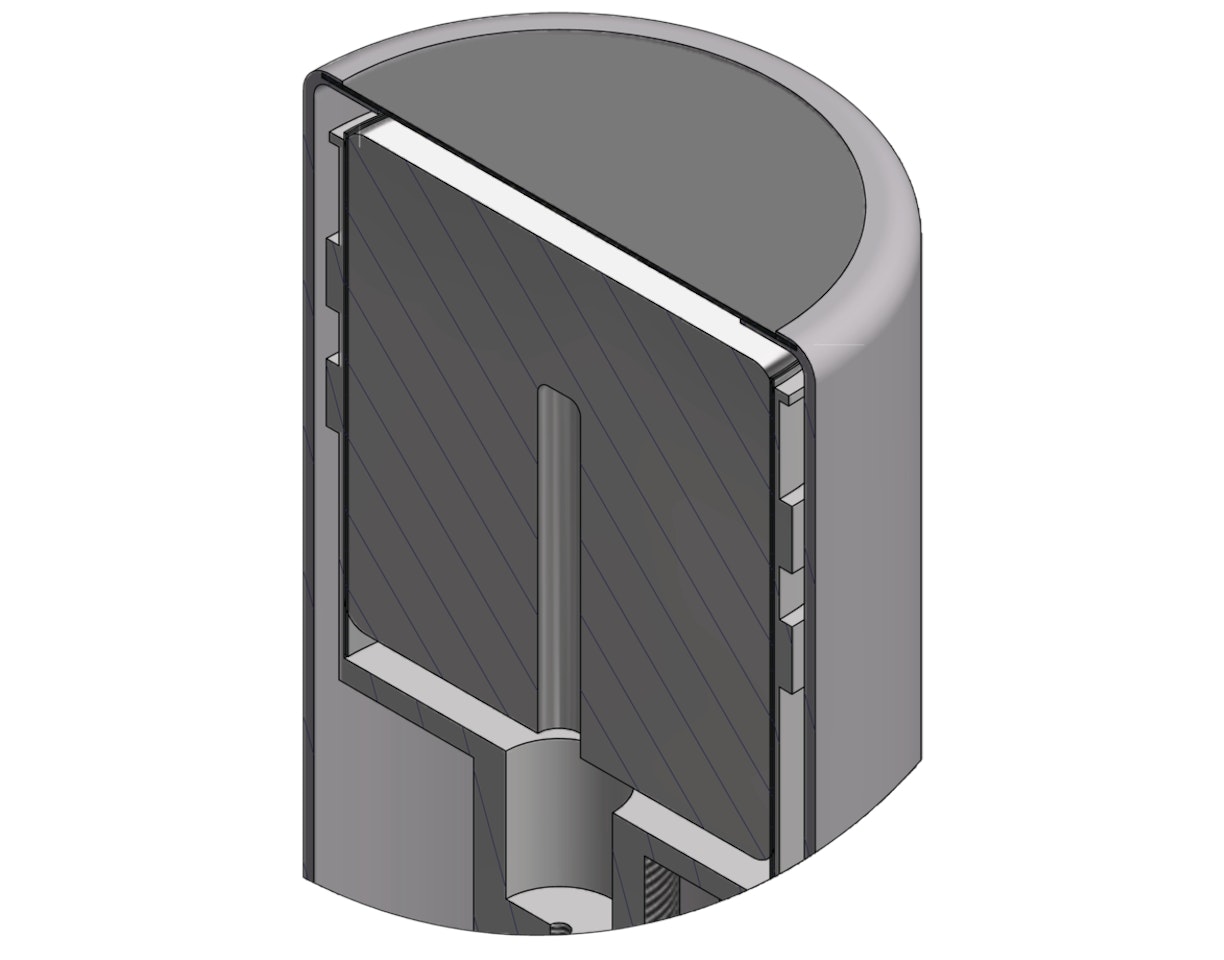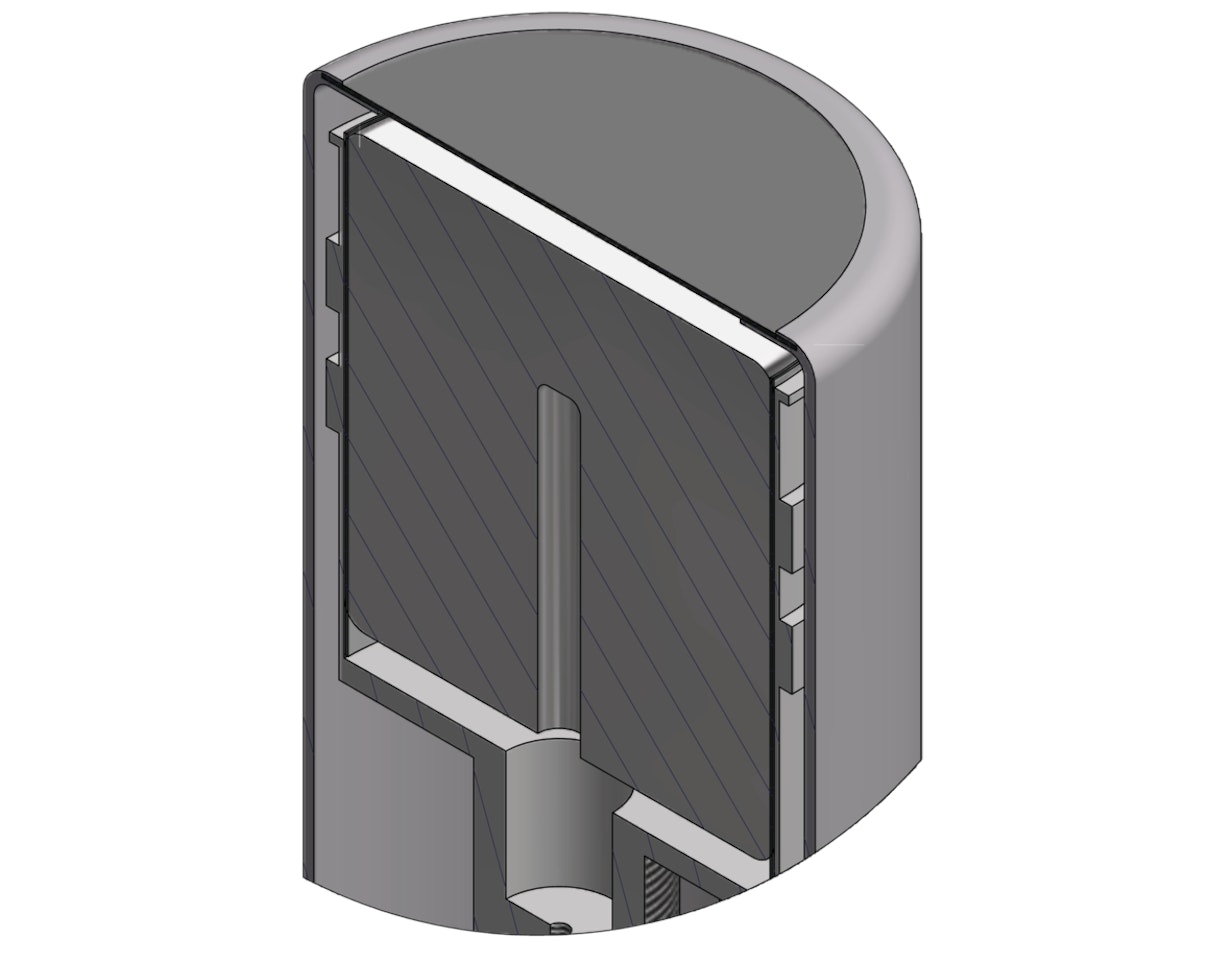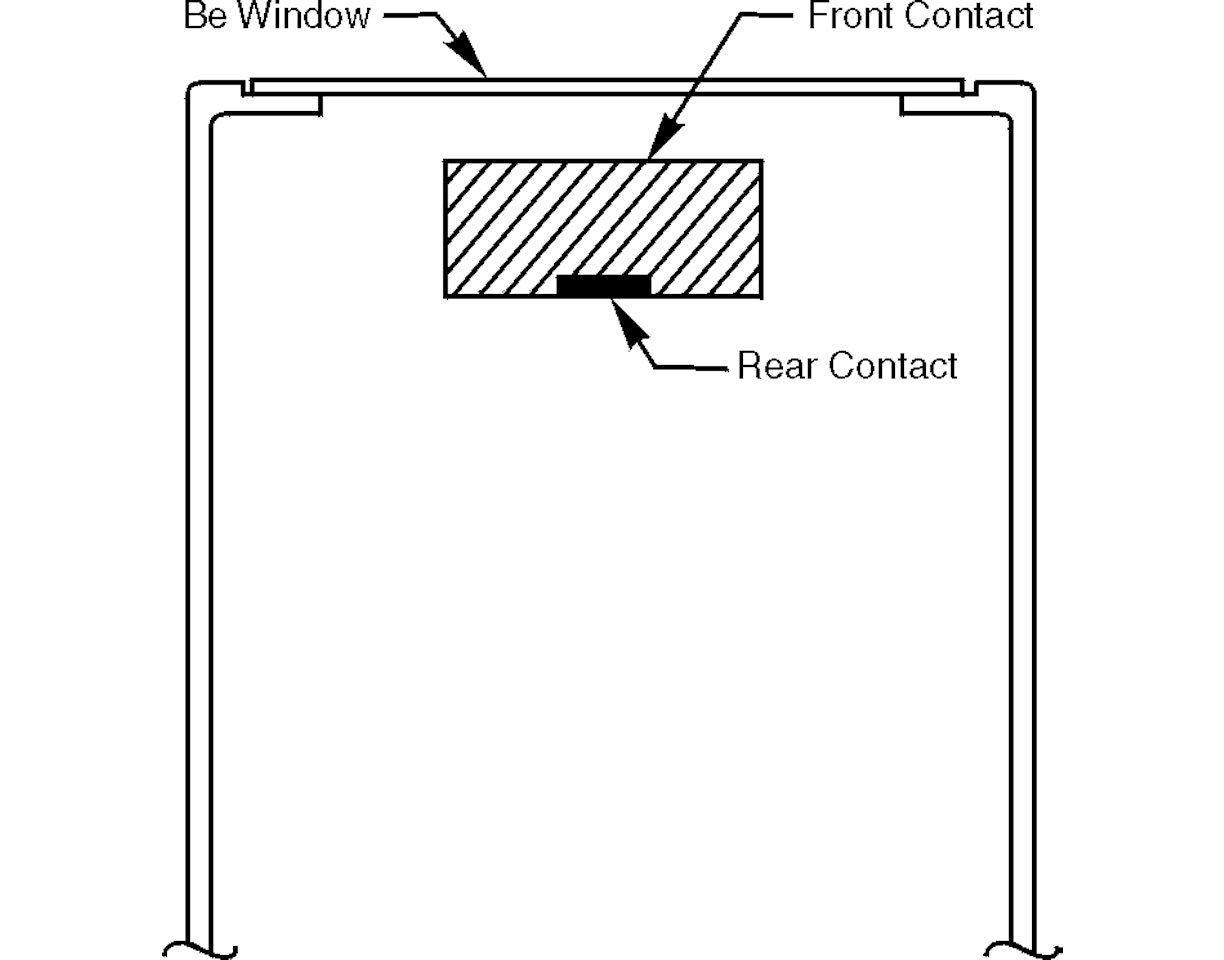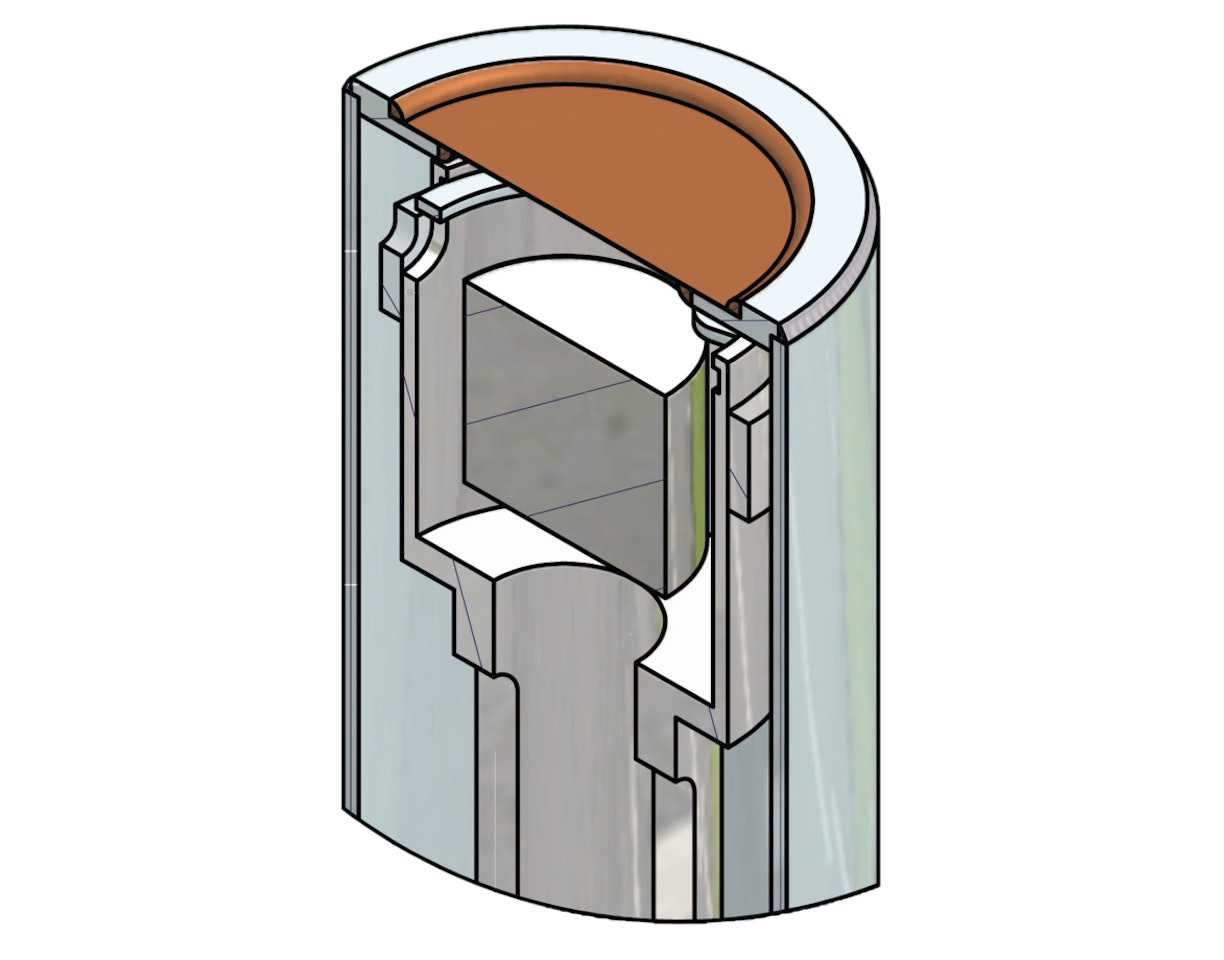Description
The Mirion BEGe Broad Energy Germanium Detector covers the energy range of 3 keV to 3 MeV like no other. The resolution at low energies is equivalent to that of our Low Energy Ge (LEGe™) Detector and the resolution at high energy is comparable to that of good quality coaxial (SEGe™) detectors.
Most importantly the BEGe detector has a short, fat shape which greatly enhances the efficiency below 1 MeV for typical sample geometries. This shape is chosen for optimum efficiency for real samples in the energy range that is most important for routine gamma analysis. This is in stark contrast to the traditional relative efficiency measurement – a 60Co point source at 25 cm which is hardly a relevant test condition for real samples. See the figures 1 and 2 comparing absolute detector efficiencies of a 5000 mm² and 6500 mm² BEGe Detector to coaxial detectors with approximately 60% relative efficiency.
In addition to higher efficiency for typical samples, the BEGe detector exhibits lower background than typical coaxial detectors because it is more transparent to high energy cosmogenic background radiation that permeates above ground laboratories and to high energy gammas from naturally occurring radioisotopes such as 40K and 208Tl (thorium). This aspect of thin detector performance has long been recognized in applications such as actinide lung burden analysis.
